Tag: ventilation
-

What are the best practices for ventilation system for restaurants and food service facilities re-opening after the pandemic?
With restaurants and other food service facilities fully opening, albeit with reduced capacity, key questions have arisen regarding best practices for ventilation systems. We questioned Dr. Andrey Livchak, Halton’s Global Technology Director, and member of ASHRAE for some answers. Q: What are your recommendations for starting up the HVAC system that may have been idle…
-

Why is it important to know who the ME (Mechanical Engineer) on the project is?
As commercial kitchen ventilation systems become more technically complex to satisfy increasingly strict code requirements and environmental standards, coordinating the overall design with the mechanical engineer becomes critical. There was a time when the foodservice consultant whose scope is traditionally below the kitchen ceiling and the mechanical engineer whose interest is above the ceiling worked…
-

What impact does a balanced building have on our lives?
We love balance in our lives. Work-life balance, a balanced diet, a balanced budget, even a balanced building. Wait a minute? A balanced building? What impact does a balanced building have on our lives? A building that is not balanced contributes to uncomfortable spaces, elevated energy costs, odor issues, insect infestations and finally moldy buildings. …
-
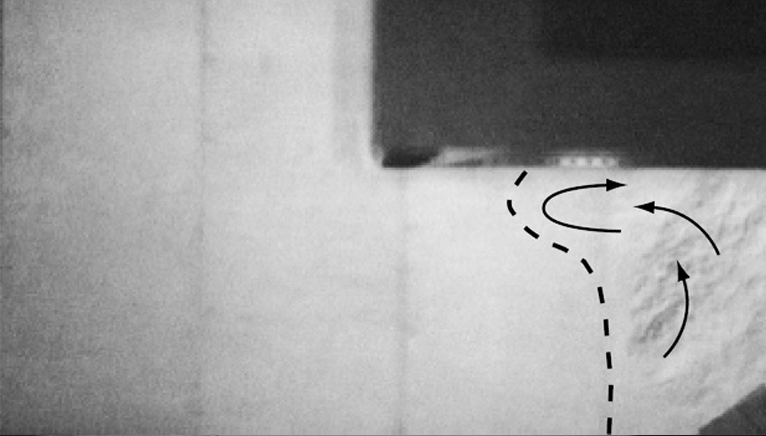
What is Schlieren Thermal Imaging in Commercial Kitchen Ventilation?
Wouldn’t it be nice to see the heat plume coming off of an appliance? Do you wish you could see if a hood is capturing all the convective heat? Isn’t there a better way to determine capture and containment than a smoke candle? Schlieren Thermal Imaging System provides a way to do all of these…
-
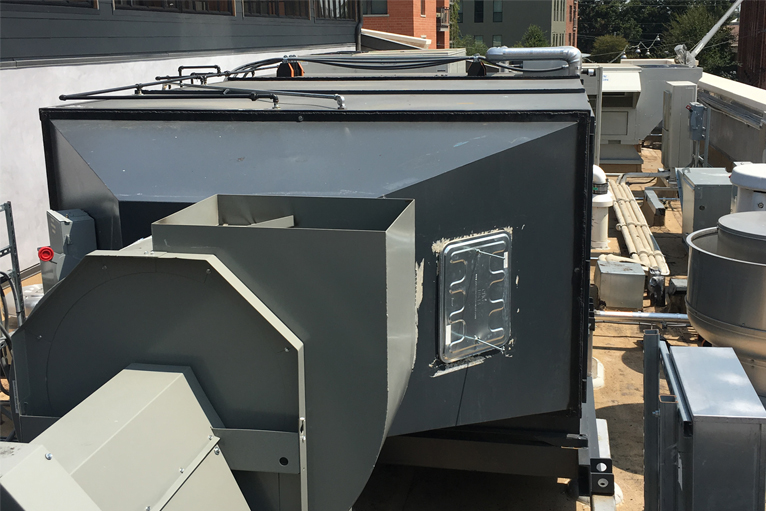
What is the difference between commercial kitchen pollution control units?
Commercial Kitchen Pollution Control Units, also referred to as Scrubbers or Ecology units are systems that remove a high percentage of grease, vapor, and odors from the cooking process through a means of filtration. The devices fall into 2 major categories, media filter type and electrostatic precipitators (ESP). These systems have a form of odor…
-
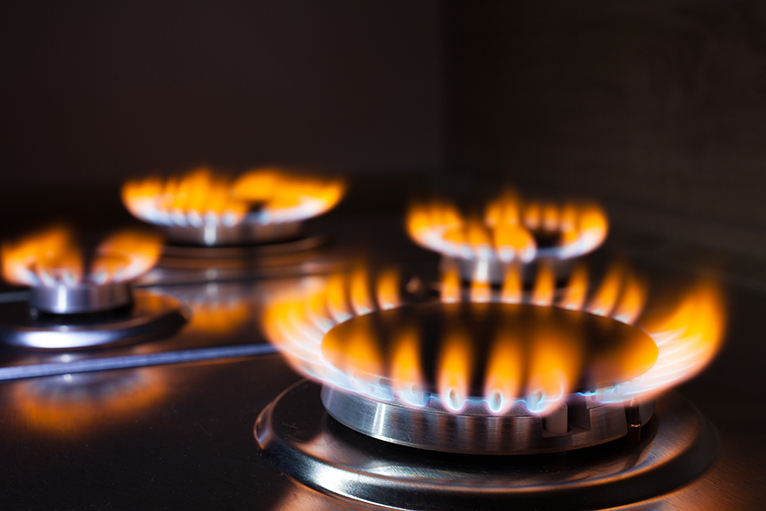
Why is a heat load based design important for kitchen hoods?
Establishing exhaust volumes for hoods had been an inexact science, primarily relying on U.L. values to establish exhaust rates. U.L. however clearly states that the minimum exhaust rates established during testing should not be used for design purposes since they were achieved in a laboratory environment. A greater exhaust might be required to provide proper…
-

How do replacement air ceiling registers affect the hood?
The placement and location of ceiling registers (diffusers) for the introduction of replacement air can have a direct impact on the proper operation of the exhaust hood. Diffusers that have been designed for commercial spaces, such as “four way diffusers” were developed to have a high induction capability. That means they discharge at a relatively…
-
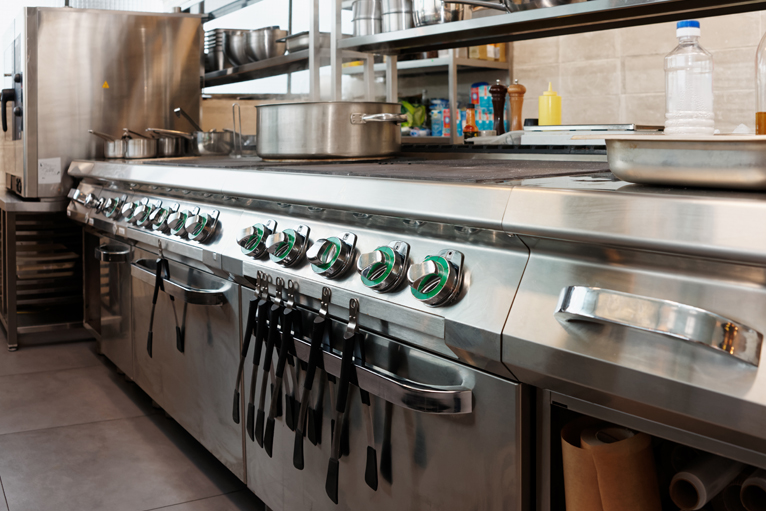
Is cooking equipment makes and models important for preliminary engineering?
Commercial cooking equipment makes and models are important for preliminary engineering Outdated methods of ventilation design categorized commercial cooking equipment (appliances) into different classes; light, medium, heavy-duty and extra heavy duty (solid fuel). The average exhaust rates were established for each category based on rules of thumb, cfm per foot of hood. With the advent…
-
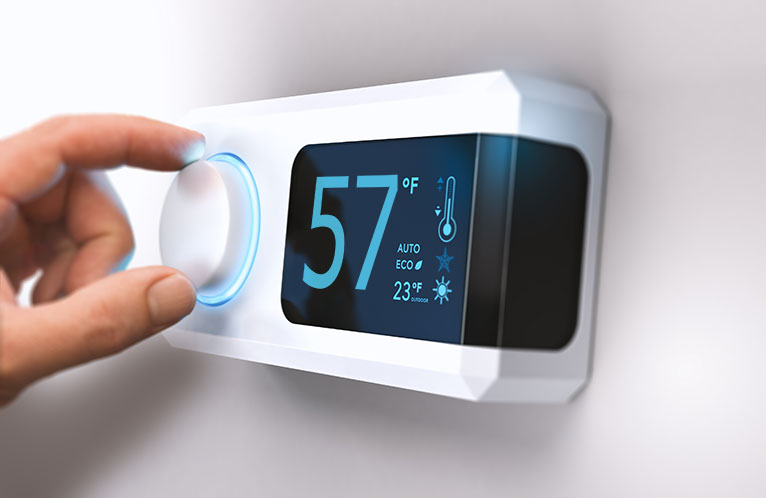
What temperature should the supply air be introduced to the Kitchen?
Engineers will typically design for a supply air temperature at 10 degrees above traditional occupied spaces outside of the kitchen. Supply air is usually brought into an occupied space at 57°F/14°C off the coil to mix with room air to maintain a specified space temperature at design conditions. In a kitchen, due to the air…
-

Who is the “AHJ” and what authority do they have on a project?
AHJ refers to “The Authority Having Jurisdiction”. The AHJ has final authority for the interpretation of fire and building codes (NFPA, IMC). Although model codes are interepted fairly consistently, a number of municipalities may have variations or interpret certain elements of the codes differently. In some cases there are additions not covered in the model…
